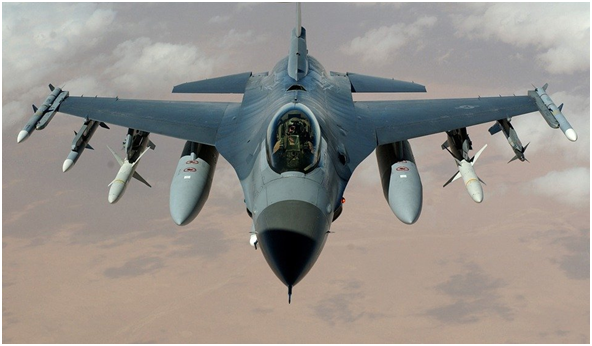
Charles R. Goulding and Andressa Bonafe take lessons from Top Gun to additive manufacturing.
As we patiently wait for the release of Top Gun 2, which has been pushed to July 2021, memories of the 1986 classic take us back to the thrill of vertigo-inducing sequences and an idealized view of fighter pilot life. Much more than a movie, Top Gun was a cultural phenomenon that led to a boom in applications for aviation occupational specialties. It changed the perception of naval aviation, having an unparalleled impact on Navy recruitment.
Over 30 years later, however, it is pretty clear that life in the sky lacks the glamorous excitement portrayed in Hollywood productions. After years of costly training that often leads to debt, pilots often experience poor work conditions and relatively low wages.
The ongoing pandemic and its devastating impact on the aviation industry promise to increase the gap between the “Maverick” lifestyle and real-life pilots. A recent report from Moody’s states that commercial aviation will be ravaged by the COVID-19 pandemic for years to come. In response to the decimation of travel, airlines have been planning and implementing major layoffs. United Airlines recently announced plans to furlough 2,850 pilots, or 21% of the total, unless the government extends coronavirus assistance.

In the face of such uncertainty, pilots must rely on their unique set of skills. These qualified professionals could be valuable assets in a variety of industries, especially in dynamic and innovative areas such as 3D printing. FlyGA lists the top 10 traits and skills of good pilots:
- Clear communication
- Situational awareness
- Team-working skills
- Decisiveness & quick-thinking skills
- The ability to remain calm
- Mentality — confidence, attitude & self-discipline
- Leadership
- The ability to understand technical information
- Mathematics & creative skills combined
- Knowing when to break the rules
Each and every one of these skills could greatly contribute to the advancement of additive manufacturing applications. 3D printing companies should consider looking beyond their typical hiring targets and harness the huge technical potential that may become available as pilots pursue new heights away from the turmoil of current aviation.
